I'm trying to extract data from a Canadian Act for a project (in this case, the Food and Drugs Act), and import it into R. I want to break it up into 2 parts. 1st the table of contents (pic 1). Second, the information in the act (pic 2). But I do not want the French part (je suis désolé). I have tried using tabulizer extract_area(), but I don't want to have to select the area by hand 90 times (I'm going to do this for multiple pieces of legislation).
Obviously I don't have a minimal reproducible example coded out... But the pdf is downloadable here: https://laws-lois.justice.gc.ca/eng/acts/F-27/
Option 2 is to write something to pull it out via XML, but I'm a bit less used to working with XML files. Unless it's incredibly annoying to do using either pdftools or tabulizer, I'd prefer the answer using one of those libraries (mostly for learning purposes).
I've seen some similarish questions on stackoverflow, but they're all confusingly written/designed for tables, of which this is not. I am not a quant/data science researcher by training, so an explanation would be super helpful (but not required).

